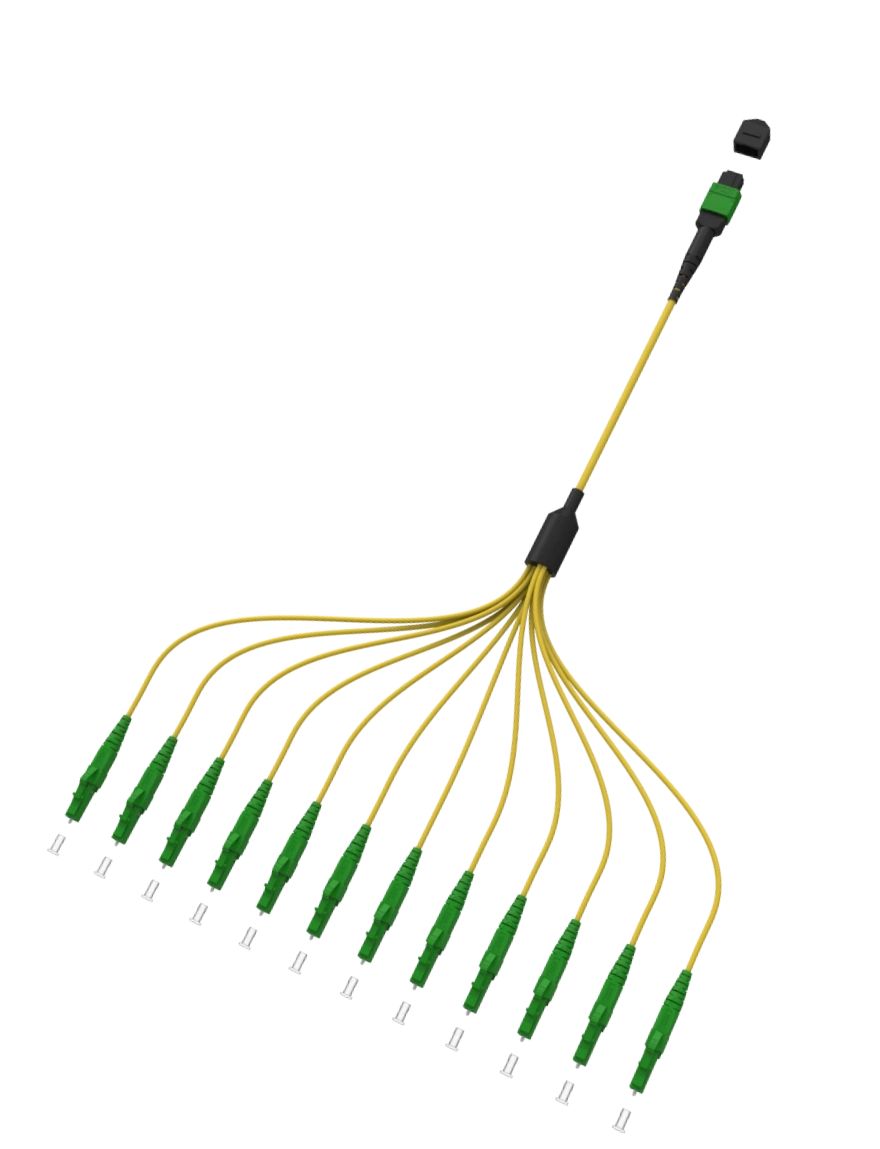Understanding the Fundamentals of MPO Fiber Connectivity

In today's fast-paced and data-driven world, efficient and reliable communication networks are essential. The MPO (Multi-Fiber Push-On) fiber principle offers a solution that revolutionizes data transmission by enhancing speed, flexibility, and scalability. This article dives deep into the MPO fiber principle, shedding light on its inner workings and highlighting its significance in modern communication systems.
The Basics of MPO Fiber
MPO fiber is a high-density optical fiber connector widely used in data centers, telecommunications, and other industries. It allows multiple fibers to be connected seamlessly, enabling simultaneous transmission of large amounts of data. The popularity of MPO fiber stems from its numerous advantages, including reduced installation time, simplified cable management, and improved signal quality.
The Principle Behind MPO Fiber
The core principle behind MPO fiber lies in its design. A typical MPO connector consists of several fibers bundled together within a single, compact housing. Each fiber has a specific role: transmit (TX), receive (RX), or both. These fibers are precisely aligned within the connector to ensure optimal light transmission and minimize signal loss.
MPO fiber employs a parallel transmission method, where multiple fibers transmit signals simultaneously. In contrast, traditional single-fiber connectors use a serial transmission method, leading to slower data rates. By leveraging parallel transmission, MPO fiber significantly enhances bandwidth capacity and accelerates data transfer rates.
The Benefits and Applications of MPO Fiber
MPO fiber offers a range of benefits that make it highly advantageous in various applications:
1. High Density: MPO fiber connectors accommodate a large number of fibers within a compact footprint, enabling efficient use of space and reducing cable clutter.
2. Easy Installation and Maintenance: MPO connectors feature a simple push-pull design, making them quick and easy to connect or disconnect. This ease of use simplifies installation and reduces maintenance time.
3. Scalability: With MPO fiber, it is effortless to add or remove connections as the network evolves. This scalability allows for future-proofing and flexibility in network design.
4. Cost-Effective: MPO fiber's high fiber count per connector reduces overall installation costs by minimizing cable runs and associated equipment.
MPO fiber finds applications in various fields, including data centers, cloud computing, telecommunication networks, and enterprise networks. Its ability to handle high-speed data transmission and support emerging technologies like 5G and IoT makes it an ideal choice for the future of connectivity.
In conclusion, the MPO fiber principle revolutionizes data transmission by offering enhanced speed, flexibility, and scalability. By adopting the MPO fiber technology, organizations can expect optimized data networks, improved operational efficiency, and seamless connectivity in an increasingly data-driven world.



